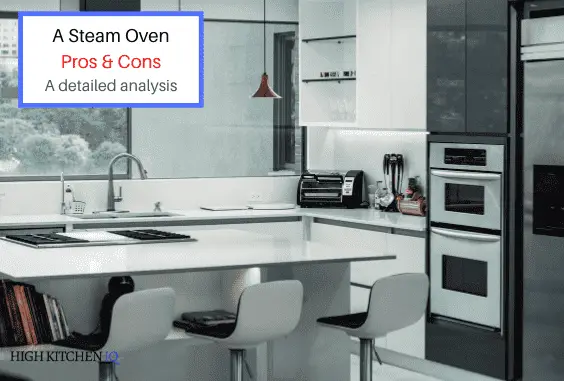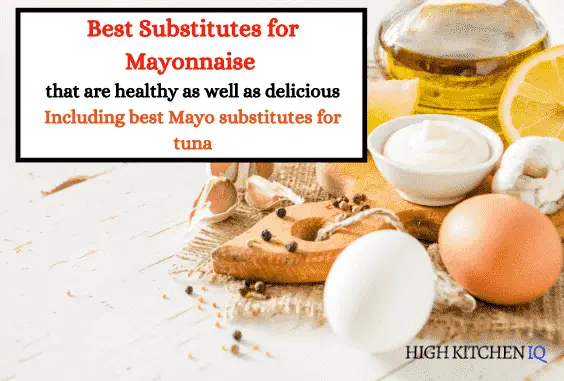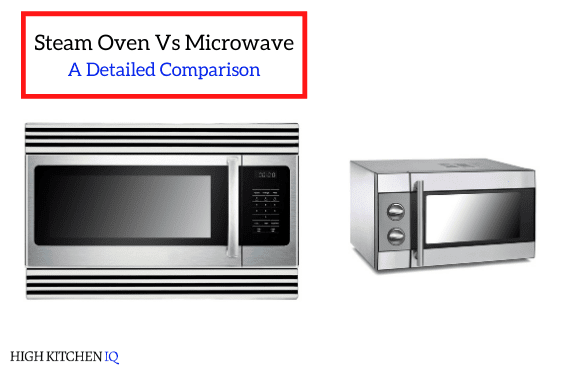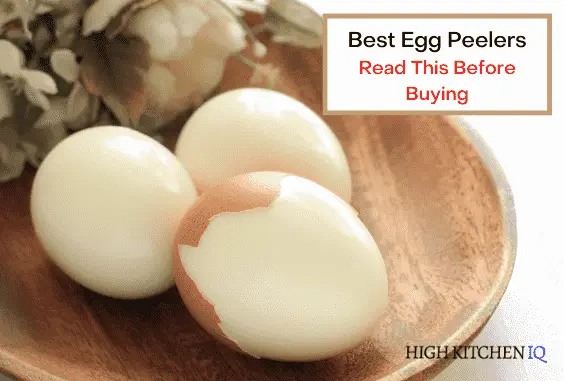Steam Ovens – Pros & Cons (Read This Before You Buy One)

If you are considering buying a steam oven, you might be surprised to discover that it is a very expensive investment. Some high-end brands of Steam Ovens can set you back on average of $4000.
So before making your decision you will want to carefully examine the pros and cons of buying a Steam Oven. Luckily, we have done a ton of research to help make this decision much easier for you.
So in this article, we are gonna weigh the Pros and Cons of having a steam oven and hopefully help you to decide if it’s right for you.
Pros & Cons of Steam Ovens
Pros
There are many advantages to owning a steam oven such as:
- Especially popular and useful for healthy cooking
- Better taste in food
- Quicker cooking time
- Versatile for cooking a variety of dishes
- Use moist heat which lessens the risk of burning
- Warms food evenly without drying it out
- Can cook food simultaneously
Cons
There are some disadvantages of steam ovens such as:
- Can be expensive to buy
- Takes up quite a lot of space, especially countertop versions
- Cooking times need to be descaled to work with a steam oven
- Need to be cleaned frequently because of condensation.
- Not suitable for all foods, especially those that need browning or crisping
- Steep Learning Curve
To understand all the advantages and disadvantages of a steam oven in detail you can continue reading
Advantages of a Steam Oven
1. Healthy Cooking
A Steam Oven will significantly reduce the loss of nutrients in your food. This is because a steam oven uses steam to cook your food rather than hot air. And steaming your food tends to keep nutrients and vitamins locked inside.
Hot air significantly lessens the nutrients in your food because you run the risk of overcooking food which destroys nutrients.
Also steaming does not require boiling your food in water. You see when you boil vegetables and other foods it leads to the nutrients and vitamins seeping into the water.
Another plus with a steam oven is that you are not required to use lots of oil or fat to cook any dish.
2. Better Taste
Cooking in a steam oven allows food to cook without being dried out. Allowing your food to be moist as well as flavorful.
Also, since limited nutrients are destroyed by the steam oven, most foods tend to tastes better. In fact, many restaurants use a steam oven to cook food as they work quickly but still leave food with delicious flavor.
I highly recommend Cuisinart Steam Oven, its a countertops model and it is by far the most popular brand of steam oven on the market.
But I might be a bit bias since its the one that I use, though I never had any issues with the Cuisinart, You can click here to see the current price for one on Amazon.
3. Quicker Cook Time
Steam Ovens offer a faster cooking time than other ovens including convection and conventional ovens.
Steam cooks at 212 degrees while an oven cooks at higher temperatures however a steamer will cook faster because steam transfers heat 100 times more efficiently than air.
This is because water is a much better conductor of heat than air which allows the food to cook faster. You can expect to cook food on average between 20 and 30% faster with a steam oven in comparison to a regular oven depending on what you are cooking.
4. Versatile for cooking a variety of dishes
Steam Ovens can cook/steam a large variety of healthy foods including fruits, vegetables, fish, chicken, curries, soup, rice pasta, and the list goes on.
A Combination Steam Oven which is like a regular oven and a steam oven combined can cook, steam, roast, and bake any dish.
5. Use moist heat which lessens the risk of burning
The risk of overcooking your food is less with a steam oven since steaming cooks your food evenly. The steam is well circulated in the oven which leads to even cooking. Usually, in a regular oven the bottom of the food is browned first while the top takes a while to cook through. This won’t happen in a steam oven.
6. Warms food evenly without drying it out
Steam helps left-over food to retain moisture and flavor and unlike a microwave heats food in an even manner. Also Steam provides better moisture retention, so your food is juicier when reheated.
7. Cooking Foods Simultaneously
A variety of foods can be cooked simultaneously in a steam oven. Also, because of the design of steam ovens, there won’t be a transfer of taste or flavors between foods.
Disadvantages of a Steam Oven
1. Price
Steam Ovens are quite costly and usually have a hefty price tag especially the top brands. But some countertop models may offer the benefits of a steam oven without breaking the bank.
I use and recommend the Cuisinart countertop model, you can click here to see the current price of it on Amazon. For me, the Cuisinart is very affordable and a good investment.
2. Takes up quite a lot of space
If you already have limited kitchen space, a steam oven will be an additional appliance that will need space. Especially countertop models which take up more space than microwaves.
3. Cooking Times need to be Descaled to Work With a Steam Oven
Since cooking time is faster in a steam oven than in a regular oven, you need to spend additional time calculating and converting all your recipes’ cook time from a regular oven to a steam oven.
4. Steam Ovens need to be cleaned regularly
Steam Ovens have to be cleaned more often than regular ovens this is because condensation builds up during cooking. To avoid any unwanted smell or taste transferring to the food you have to clean it after each use.
However, this task is usually easy and a simple wipe down of the oven’s interior is usually sufficient.
5. Not suitable for all food
A steam oven is not suitable for foods that require browning or crisping. Also, some foods like delicate cakes and pastries cannot handle the steam in a steam oven. However, there are combination steam ovens that allow you to have both the steam feature as well as regular oven features.
6. Steep Leaning Curve
Cooking with a steam oven will warrant some practice as well as trial and error before you can master the art.
What is a Steam Oven and How does it Work?
Steam Ovens are different from convection and conventional ovens because it uses hot, pressurized steam instead of hot air to cook the food. The steam is well circulated which gives Steam Oven cooking a faster cooking time than other ovens.
Steam ovens use the oven’s heat to convert water into steam, the water is sourced from either a manual reservoir or can be connected to your plumbing system. The steam circulates around the food to heat it up, whilst retaining the moisture, and cooks food quickly





